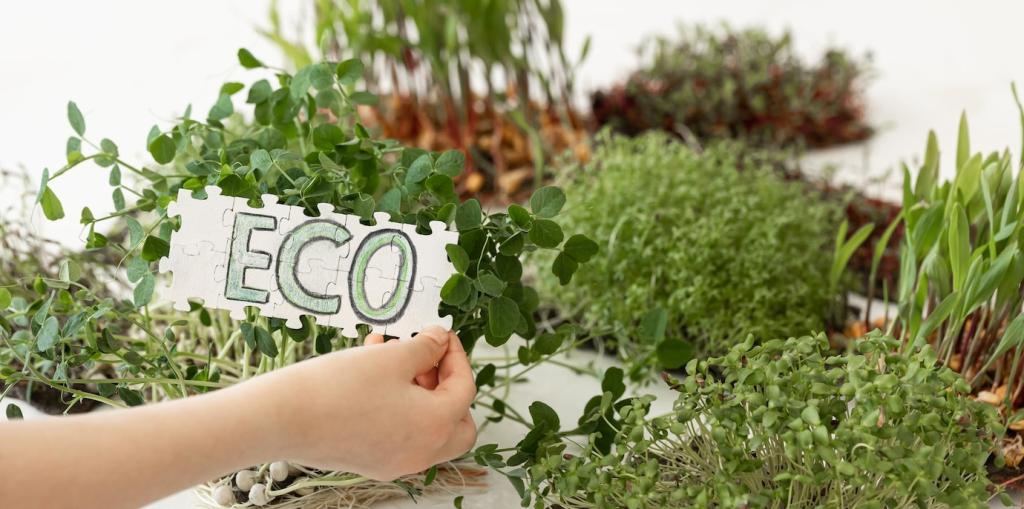Prep Work the Sustainable Way
Remove doors, drawers, and hardware before you begin. Label hinges, stash screws in repurposed jars, and clean handles with a mild, biodegradable soap. Reusing original hardware preserves character and avoids new materials. Have a before-and-after hardware story? Drop it in the comments to inspire others.
Prep Work the Sustainable Way
Choose hand tools like card scrapers and sanding blocks for quieter, cleaner material removal. Hook sanders to HEPA vacuums and work with the grain to reduce airborne particles. A lightly damp microfiber cloth captures fine dust without chemical sprays, preparing the surface for even, healthy finishes.





